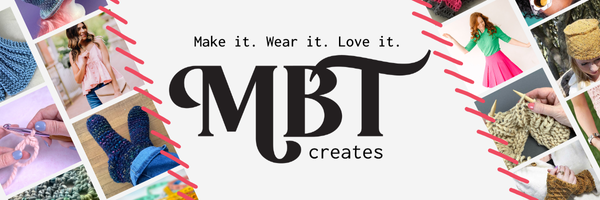I am up to my ample behind in work right now – something a writer should never complain about, but it does sort of hamper my blog-worthiness at the moment. Yesterday I was at the New York Public Library doing some research for a story I am writing, and couldn’t resist ordering up a few 19th century knitting and crocheting patterns to look at since I was there anyway. It’s all research, right? I write knitting and crocheting books too…
Anyway, one of the topics that has been buzzing around the design community in recent years is the whole length of patterns issue. Designers want to go on at the length they feel they need to, publishers tend to want things as short as possible to conserve on ink and paper, and/or to leave more room for advertisements. Then someone always points out that there is always room for a how-to in many of these pubs, and wouldn’t one assume that if someone was buying something for an intermediate knitter they would know the difference between a knit and a purl? Can’t we save some space there? Then someone always says that patterns are too over written these days anyway and maybe we should assume the knitter or crocheter can figure some stuff out on her or his own, and write shorter instructions. Not that there are any right answers here, these are just comments that seem to drift across my consciousness every quarter or so.
So I am carefully leafing through the remains of a knitting book printed in 1847 and enjoying myself immensely. Did you know they used to say pearl stitch instead of purl stitch? I wonder when that changed? Anyway I wanted to share the following pattern with you, in its entirety.
Directions for a Full Sized Quilt
No. 18 cotton, no. 20 pins
Eight stripes with one hundred and thirteen stitches for each, with a border of fifty stitches; a counterpane without a border will require more stripes.
That’s it – the whole pattern, right there. No gauge, no amount of materials, nada. Can’t accuse a 19th century knitting book author of spoon-feeding her audience, can you?

Nope. No spoon feeding there!
I love this kind of pattern because it leaves so much up to the imagination of the knitter! I think I need to delve deeper into 19th century patterns. Why is it that knitters and crocheters were trusted to know things then? Now it’s so much easier to figure something out, if you run into a new technique, just google it!
I like my magazines and books to have a how-to in them. I’ve known how to crochet for quite a few years but I’d still call myself a beginner. If I’m unsure about a stitch I’d like to be able to look in some part of the magazine or book to make sure I’m doing everything right.